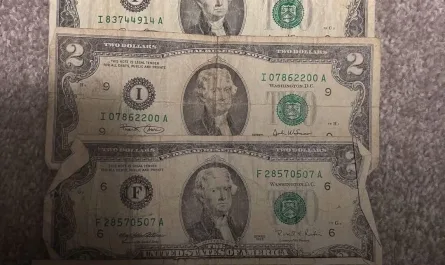Throughout history, humanity has been fascinated by unsolved mysteries, particularly those preserved in the enigmatic symbols of ancient hieroglyphics. These intricate carvings, most notably from ancient Egypt, have long captured our imagination. As researchers delve deeper into history, recent discoveries are shedding new light on these ancient puzzles, offering valuable insights into ancient cultures and their belief systems.
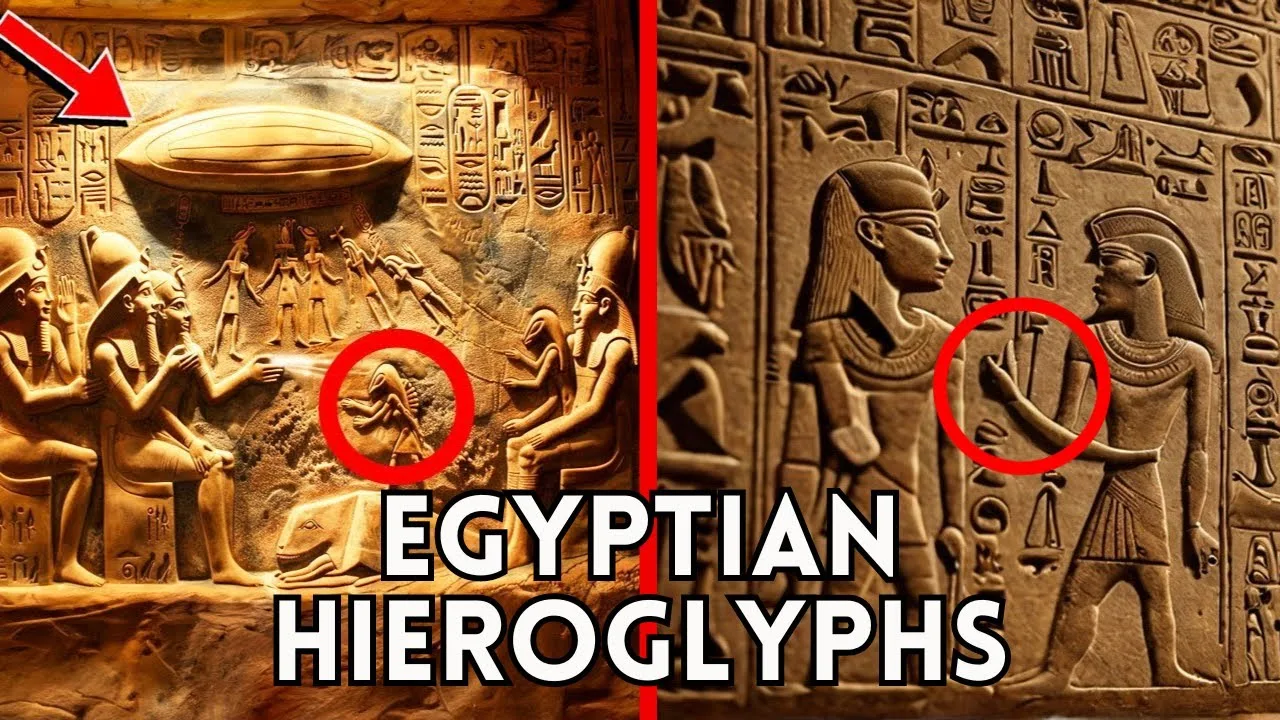
Hieroglyphics, a writing system that blends logographic and alphabetic elements, were used by the ancient Egyptians to convey complex ideas, document history, and express religious beliefs. For centuries, the inability to fully decipher these symbols left many questions unanswered. However, the discovery of the Rosetta Stone in the 19th century, which displayed the same text in three scripts, marked a significant breakthrough in understanding ancient Egyptian writing. This monumental find enabled scholars to connect hieroglyphics with their phonetic counterparts, unlocking a wealth of historical knowledge.
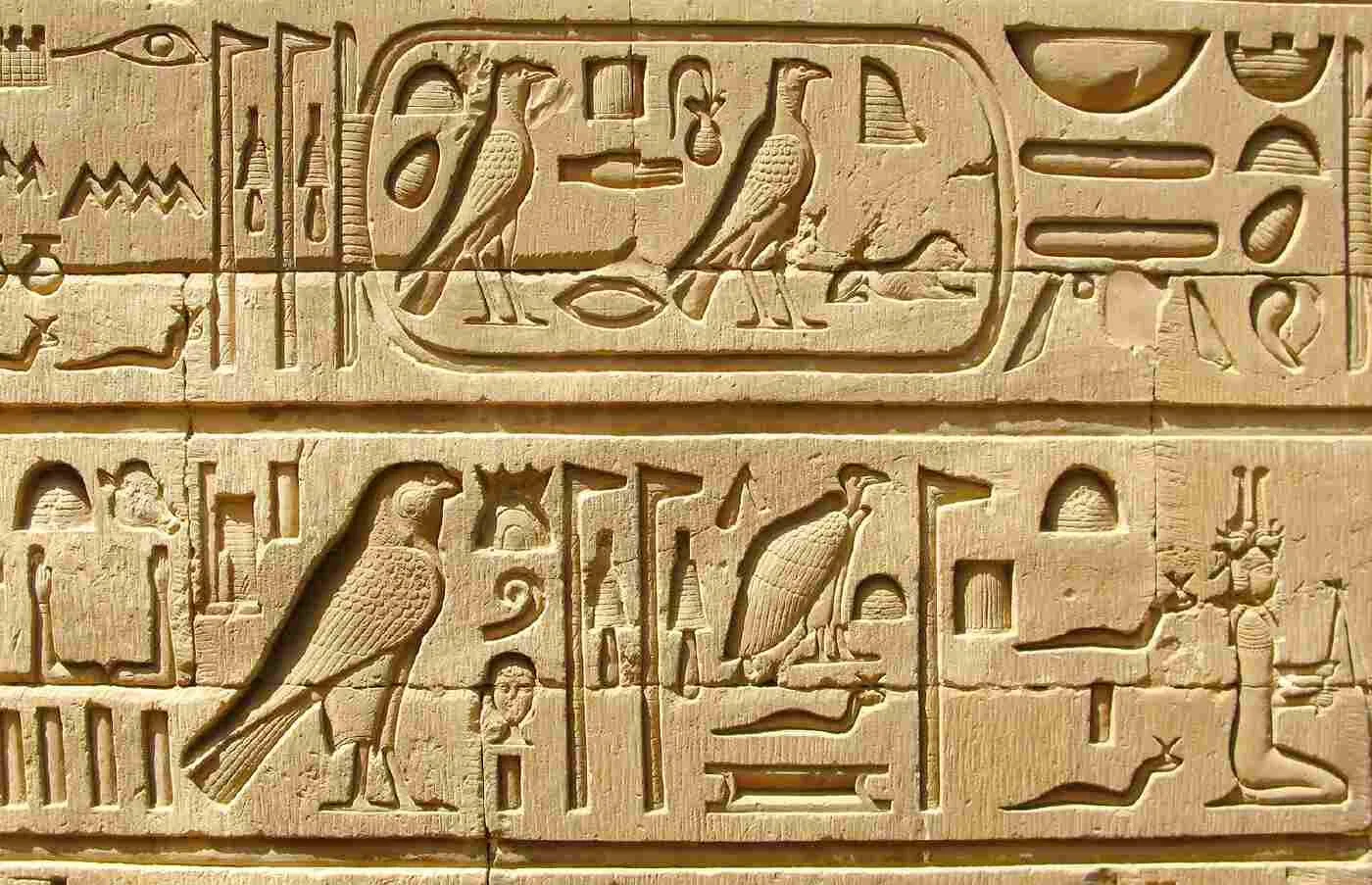
Recent archaeological discoveries continue to enhance our understanding of hieroglyphics and their historical contexts. For example, excavations in the Valley of the Kings have uncovered new tombs and artifacts bearing previously unseen inscriptions. These findings not only reveal insights into the lives of ancient Egyptians but also contribute to our knowledge of their funerary practices, social structures, and interactions with neighboring cultures. Each newly discovered inscription provides a glimpse into the past, allowing historians to piece together narratives that have been hidden for centuries.
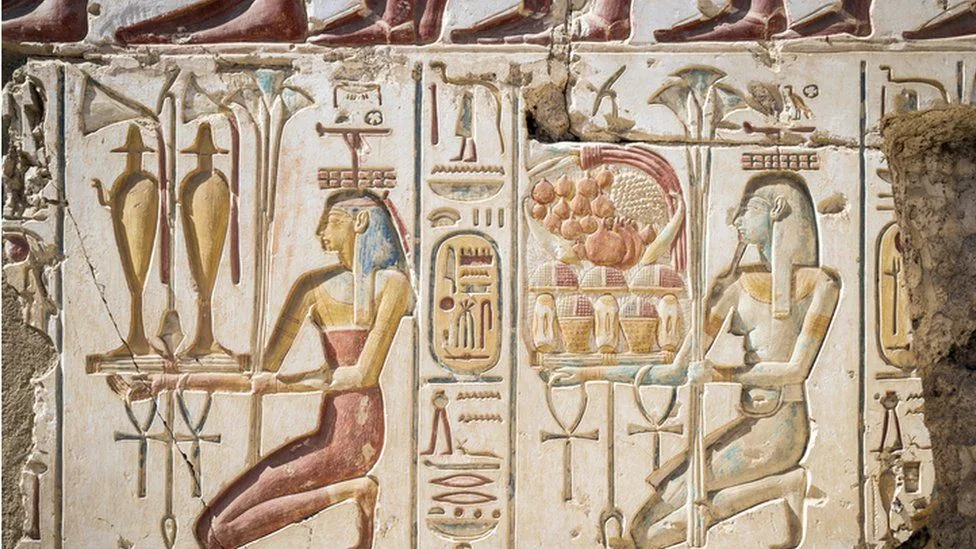
In addition to tombs, the discovery of ancient temples has further revealed the significance of hieroglyphics in religious and ceremonial contexts. Temples were often adorned with extensive hieroglyphic texts that celebrated the achievements of pharaohs, detailed rituals, and invoked divine favor. Recent restorations of temples, such as the Temple of Karnak, have uncovered inscriptions that highlight the Egyptians’ perceived divine connection to their rulers. This understanding of the relationship between religion and governance underscores the pivotal role hieroglyphics played in maintaining the social fabric of ancient Egyptian society.
Modern technology has revolutionized the study of hieroglyphics. Techniques like 3D scanning and imaging allow researchers to examine inscriptions without physical contact, preserving these ancient artifacts while expanding our knowledge. For example, multispectral imaging has revealed faded hieroglyphs on artifacts that were previously overlooked, opening new avenues for research and interpretation. These technological advancements not only deepen our understanding of hieroglyphics but also showcase the importance of interdisciplinary approaches in archaeology.
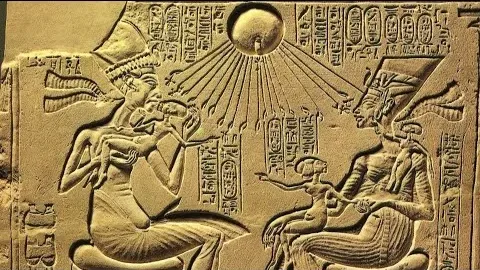
The fascination with hieroglyphics extends beyond academia. Popular culture frequently features these ancient symbols in films, literature, and art, sparking public interest in Egyptology. This cultural engagement encourages a wider audience to explore the mysteries of the past, fostering a connection to our ancient ancestors and their stories.
In conclusion, exploring unsolved mysteries through the lens of ancient hieroglyphics unveils a rich tapestry of history, culture, and human experience. Recent discoveries and technological advancements continue to shed light on this ancient writing system and the societies that used it. As researchers strive to uncover the secrets of the past, the allure of hieroglyphics remains strong, inviting us to delve deeper into the enigmas of our shared human heritage. Each new discovery serves as a reminder that history is not merely a record of events but a living narrative connecting us across time and space.

